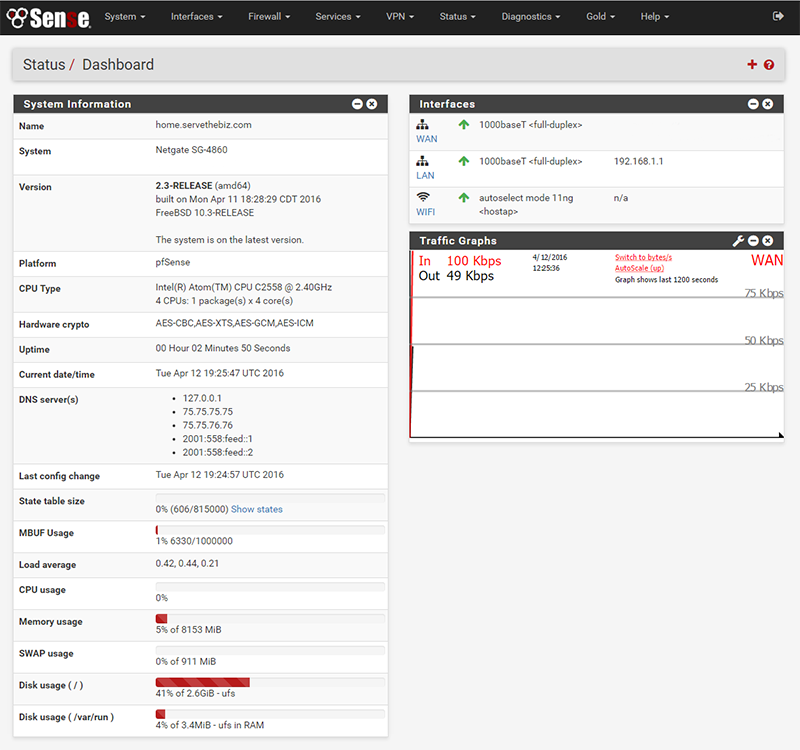

What dd has is a ton of options so that you can finely control what happens. The ability to write to raw devices is simply a consequence of Unix/Linux exposing the devices as files within the filesystem, the everything is a file paradigm. Strictly speaking dd has no special powers or secret handshake with the kernel.
#Ventoy pfsense software
It’s also the main reason I do not like to use dd much, and Linux Mint comes pre-installed with gui software to read / write images to/from USB sticks. dd just does it, so always triple check the parameters you give to dd. dd is truly caveman in that it does not know about, nor concerns itself with such details.Ī single wrongly typed letter in the dd parameters and you can easily overwrite your whole system disk in Linux. If your device is mounted, then all kind of things such as disk caching can interfere with it. In that mode, dd only concerns itself with raw data and it just copies whatever data that is normally interpreted as a file system as if it’s just data. When working with low level dd operations, your device should never be mounted beforehand, because that implies working with partitions and a file system.

I do have some DVD drives lying around somewhere, but it’s been a long time since I’ve even bothered to connect such a device to my PC. It’s been years though since I last tried such things.
#Ventoy pfsense iso
ISO image can be mounted just like any regular storage device into a linux file system and then be read normally. I’m fairly certain that the same can be done with dd by just reading data from all the sectors of that device until it gives no more data. On windows there used to be programs for ripping CD’s and DVD’s ( those old fashioned round shiny disks) and turning them into. With this it’s quite easy to read a uSD card which is used as boot media for one of those small Linux single board computers and make a backup of it, and write that backup to another uSD card. With dd you can also read from a raw device and write the output to a file. It just overwrites the whole file system, and if the file you write to the device is a proper image, it results in a bootable USB stick. For example, you can copy from a file (your iso image) to raw device (such as an USB stick that is not even mounted) and then it just writes the data to it without having the slightest concern whether there is any file system on that other device.

It just does what you tell it to without trying to add any inteligence to it. If ever I was to try again (probably won’t), I will follow what you have done.ĭd is a caveman program because it behaves like one. I think that if you boot from a “live” stick, a big RAM disk is made to circumvent the slowness of USB sticks. On a normal linux installation log files are kept, and other things which make this method very slow. It did work, but it did not work very well because it was very slow. Especially for that USB stick I made a very ugly bitmap as background which had “Rescue” written in big bright red letters on it.

#Ventoy pfsense install
You can customize menu’s and background, install extra programs, etc. The advantages of this are that you have a “normal” installation.
#Ventoy pfsense Pc
There are plenty of programs which can do this for you, even the Linux Mint site lists some (for the different OS’es.)Īfter I booted from the USB stick, I ran the installation procedure, but instead of installing it on the PC itself, I installed it on another USB stick. Just copying does not work, but with this method you get a bootable “live” stick. In the past I’ve also written those images to an USB stick with dd. I fist downloaded an image file for Linux Mint, I think I put it on an USB stick with the “USB Image Writer” program that comes installed by default in Linux Mint (I already had an older Mint version).


 0 kommentar(er)
0 kommentar(er)
